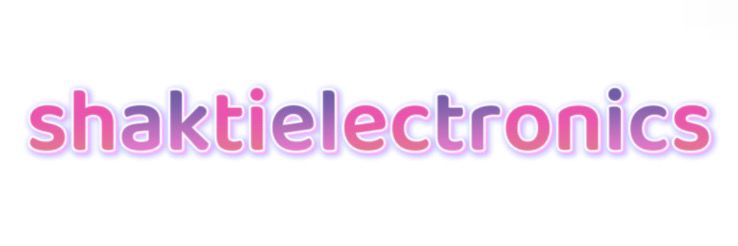Advantages of LED Flood Lights: A Comprehensive Guide
Aug. 15, 2025
Summary:
LED flood lights offer numerous benefits, including energy efficiency, longevity, and environmental friendliness. This article delves into these advantages, providing actionable insights for homeowners and businesses considering an upgrade to LED flood lighting solutions.
1. Energy Efficiency: Significant Cost Savings
LED flood lights consume up to 80% less energy compared to traditional incandescent or halogen bulbs. This substantial reduction in energy usage translates to lower electricity bills over time. For instance, replacing a 500-watt halogen floodlight with a 100-watt LED equivalent can result in significant annual savings, especially when used for extended periods.
2. Extended Lifespan: Reduced Maintenance Costs
LED flood lights have an impressive lifespan, often lasting between 25,000 to 50,000 hours. This longevity means fewer replacements and reduced maintenance efforts. For example, a commercial property that operates its flood lights for 12 hours daily can expect the LEDs to last over 11 years, minimizing downtime and labor costs associated with frequent bulb changes.
3. Enhanced Brightness and Light Quality
LED flood lights provide bright, clear illumination with excellent color rendering, enhancing visibility without flickering. This quality is particularly beneficial for outdoor security and sports fields, where consistent and high-quality lighting is essential. The ability to choose from various color temperatures allows for customization to suit specific lighting needs and preferences.
4. Environmental Benefits: Eco-Friendly Lighting Solution
Unlike traditional bulbs, LED flood lights contain no harmful substances like mercury. Their energy-efficient design reduces greenhouse gas emissions, contributing to a smaller carbon footprint. Additionally, the reduced need for replacements means fewer discarded bulbs, further decreasing environmental impact.
5. Durability and Weather Resistance
LED flood lights are designed to withstand harsh outdoor conditions. Many models feature robust, weather-resistant housings that protect against rain, snow, and extreme temperatures. This durability ensures reliable performance in various environments, from coastal areas with high humidity to regions experiencing freezing winters.
6. Instant Illumination: No Warm-Up Time
LED flood lights provide instant full brightness without the warm-up time required by some traditional lighting technologies. This feature is particularly advantageous for security applications, where immediate illumination is crucial to deter potential intruders.
7. Versatility in Applications
LED flood lights are versatile and can be used in a variety of settings, including:
Outdoor Security Lighting: Illuminating entrances, driveways, and perimeters to enhance security and deter intruders.
Landscape Lighting: Highlighting architectural features, landscaping elements, and outdoor spaces for aesthetic appeal.
Sports Field Lighting: Providing bright and uniform illumination for sports activities and events.
Commercial and Industrial Facilities: Enhancing visibility in parking lots, warehouses, and loading docks.
8. Smart Features and Integration
Many modern LED flood lights come equipped with smart features such as motion sensors, dimming capabilities, and remote control via smartphone apps. These features allow for greater control over lighting, enhancing convenience and energy savings. For instance, motion-activated LEDs can automatically turn on when movement is detected, providing illumination only when needed.
Conclusion
Upgrading to LED flood lights offers numerous advantages, including energy efficiency, long lifespan, superior light quality, and environmental benefits. By considering these factors, individuals and businesses can make informed decisions that lead to cost savings and improved lighting performance.
Additional Considerations
When selecting LED flood lights, it's important to consider factors such as brightness (measured in lumens), color temperature (measured in Kelvins), and beam angle to ensure the lighting meets specific needs. Consulting with a lighting professional can provide personalized recommendations based on the intended application and environment.
12
0
0
Previous: None
Next: None


Comments
All Comments (0)